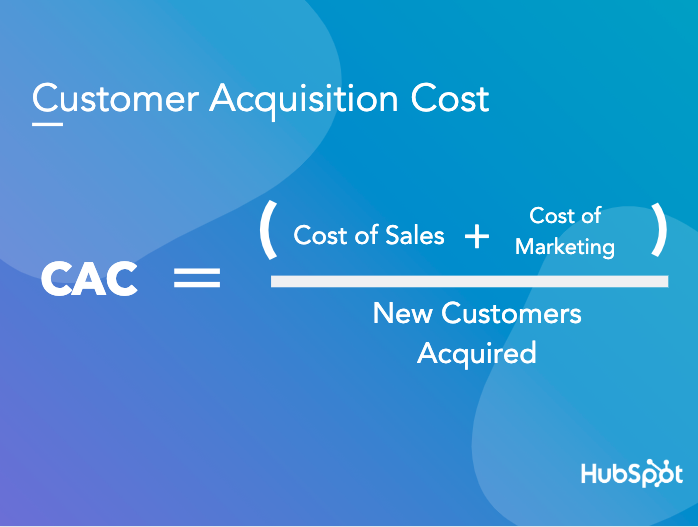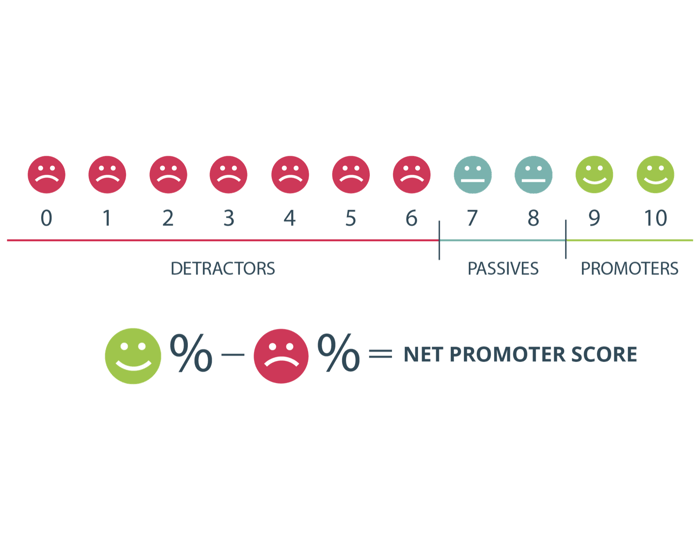Curious about what makes a great customer success operation at a SaaS company? Here's a brief overview of the most important components of customer success.
Although the term “Customer Success” may sound simple, coming up with a universal definition for customer success as a business field can be challenging.
The definition of “success” or a “successful customer” is highly objective and depends on the specific needs of your customers and the capabilities of your product or services.
For SaaS companies, successful customers are less likely to churn and often become evangelists for your software.
Customer success needs to be measured, managed, and maintained for companies to retain customers with customer feedback, upsell, and even sign new business.
Here, I’m laying out the key elements of SaaS customer success, including:
- What customer success is
- Why SaaS companies need to focus on customer success
- Who should be responsible for customer success
- How SaaS companies can measure customer success
What is customer success?
The field of customer success was born in 1996 as a response to new customers failing to adopt new products and services which led to higher churn rates and lower ARR.
A business often finds itself spending a lot of money to acquire new customers (CAC). This costly acquisition puts even more pressure on the business to keep its customers for as long as possible.

Source
The emphasis of the customer lifetime explains the name of the customer success group at Salesforce, “Customers for Life”. Salesforce pioneered the customer success space with one of the largest customer success departments in the industry since 2005.
One of my favorite definitions of customer success is by Nick Mehta, CEO of Gainsight. Nick defines customer success as “the business methodology of ensuring customers achieve their desired outcomes while using your products and services.”
What I like about this definition is the focus on the client’s desired outcome as opposed to a definitive answer to what the goal of being a successful customer looks like.
With that being said, the function of a customer success team is not to simply ask the customer what their goal is but help them define that goal with measurable customer success, onboarding, and user engagement metrics.
Why customer success matters for SaaS companies
Customer success is a critical component of a SaaS company’s sales and retention cycle.
SaaS companies need dedicated customer success operations to empower customers to integrate the software into their tech stack.
Having a designated customer success team removes pressure from sales reps to ensure customers are trained and satisfied with the software.
Customer success managers and leaders also provide invaluable insight into customer satisfaction and pain points with the product.
Different roles within a company, such as sales and product, can play a role in customer success, but a dedicated team providing individualized support ensures customers feel engaged and valued.
Who is responsible for customer success management?
In smaller companies, sales reps and product managers sometimes take on elements of customer success.
A customer success manager, however, can take on the whole customer lifecycle from start to finish.
Customer success managers in SaaS companies are usually responsible for:
- Managing the handoff from the sales team after a lead converts into a customer
- Training new users on how to use the product
- Equipping users with the tools to train others on the product
- Informing customers about product updates
- Channeling customer feedback to the product and development team
How SaaS companies measure customer success
While the definition of customer success may vary from one organization or industry to another, setting up clear and measurable KPIs for the customer success function is crucial.
The customer success team's goals should focus on both the customers and the organization.
The following are some of my favorite customer success metrics (in no specific order):
1. Retention rate
Retaining existing customers should be the main focus of a customer success function. This metric can easily be measured and tracked for the entire organization.
However, it is also important to track retention rates per individual customer success managers to identify potential improvement opportunities within the customer success team.
2. Net promoter score (NPS)
Net promoter score (NPS) will allow you to keep track of customer satisfaction in a numbers-driven format.
These scores help you identify customers who are likely to promote your product to others, passive customers, and unsatisfied detractors.

It is important to design the way you collect these scores effectively (ask customers at the right time).
3. Quality referrals
Your happy customers are your best ambassadors. Often, they'll know a friend, former colleague, or someone else in their network who could benefit from your software.
Customer success managers should be encouraged to ask for referrals from happy clients to help grow ARR.
4. Business growth (added revenue)
ARR or revenue is another important metric for a customer success function.
Customer success managers should operate as business consultants and look for potential growth opportunities that would serve both the customer and the business.
5. Reviews
Spread the word! A customer success function can play an integral role in improving your ratings and generate positive reviews along the customer journey.
Encourage current customers to review you on third-party reviews platforms to provide important social proof to potential buyers.
Creating a customer onboarding process in SaaS
There is no perfect guide to onboarding new customers in SaaS. There are a number of challenges that make creating a concrete customer onboarding plan in SaaS almost impossible.
Therefore, onboarding plans must be flexible. Different clients may buy your product for completely different purposes.
It is then important to customize the onboarding process for each customer based on their specific needs and pain points.
While having a concrete onboarding plan that fits all customers is impossible, having a basic structure for the onboarding process for your product is essential for your customer success team to function as a unit.
The following is an example of a structured onboarding process that can be adjusted based on a client’s needs:
1. Official handoff between sales and customer success
The purpose of this step is to officially move the client from the sales to customer success function.
At this point, the client should receive information about their dedicated customer success manager (including a way to communicate with them), a preliminary timeline for the onboarding process, and a concrete next step.
2. Introduction call with customer success
The introduction call serves as a way to align the efforts of both the client and the dedicated customer success manager towards the same set of goals.
It is crucial to define what “success” means to the customer at this point and what end result they’re hoping to achieve when implementing your product.
3. Superuser training call
The superuser training call is designed to “train the trainers” on the client’s side. The super users will be responsible for managing the product on their end.
Therefore, it is important to be as thorough as possible in this training call. Superusers should not only learn how to use the product but also how to adjust the available settings and access resources.
4. End-user training call
The purpose of the end-user training should be for the end-users to learn all the “relevant” processes and features that would allow them to use the product for the intended purpose.
It is good to avoid some of the extra product features during this call to keep the process simple and digestible.
5. Post-training check-in call
As super users and end-users start using your product, questions will naturally come up.
It is then necessary to book a follow-up check-in call to go over all the questions that came up during the first 1-2 weeks and to possibly go over any additional features if needed.
Customer success drives growth for SaaS companies of all sizes
Customer success is a fundamental component of any SaaS company’s business model.
Customer success managers and leaders work hard to make customers feel valued and empowered when using the products and services a company offers.



